by C. Elkins, OK Math and Reading Lady
Welcome back to part 2 regarding Text Structure. As I mentioned before, pairing a text with a graphic organizer to help highlight the structure can be very helpful to frame the main idea and summary. When a graphic organizer is used often, then students begin to visualize them and organize their thoughts mentally as well. And still better . . . combining text structure instruction with reading strategies such as visualizing, questioning, making connections, and predicting will lead to higher comprehension.
Today’s focus will be on two other text structures: Cause / Effect and Problem / Solution. These two are related, but often confusing to students. Look for some resources at the end of this post.
Cause and Effect:
Cause: The reason why something happened.
Effect: The result — what happened?
A cause / effect text structure can show 1 cause and several effects. Example: An earthquake can be the cause of many events (damaged structures, ruptured pipes, injuries, accidents, tsunami, etc.). When this is the case, it may be simpler to identify the cause first, then identify all of the effects.
On the other hand, a cause / effect text structure can show several causes for 1 effect. Example: Some animals are endangered (effect) due to these causes: pollution, loss of home environment due to destruction of their habitat, weather, disease. When this is the case, it may be simpler to identify the effect first, then identify all of the causes.
Other notes about teaching cause / effect:
- This text structure can apply to non-fiction as well as fiction texts.
- Because many cause / effect relationships require defining the problem (which could be the cause and sometimes the effect as well), students often get confused and identify the structure as problem / solution.
- Not all cause / effect relationships are about problems. Example: I love my grandson’s drawings (cause), so I hang them on the refrigerator (the result / effect). No problem here!
- While most anchor charts posted online provide key words for the cause / effect structure (because, reason, since, as a result, etc.), I would suggest limited use of them especially when first analyzing the structure. I have found when mentioning them first, students often just start looking for those key words and are not truly reading the text. And . . . those words can also be found in almost any text anyway. You don’t want kids to reduce this to a competition: “How many time did I find the word because?” Those words don’t even have to be there for there to be a cause / effect relationship.
- Use a graphic organizer with an arrow connecting the cause to the effect.
- Even young students can understand simple cause / effect relationships presented in stories. Discuss the causes and effects and/or write them as a shared writing experience. See some resources below for great books on this structure.
Combining with strategy work:

- Visualize actions of the subjects in the text to picture the causes and results.
- Make connections to things, places, events in the text you have experienced. Make predictions based on those experiences regarding why things happened.
- Help students ask questions about the text. They should be wondering why certain things happen, or what caused what. Learn to read on (or check other resources) to see if those questions get answered.
- Make inferences about the causes in the text. Read between the lines.
Connecting to main idea and summary. Supply some sentence frames so students are using compare/contrast language. Suppose an article describes the causes of beached whales. The topic is whales — but that’s NOT the main idea:
- (Main Idea): There are many reasons a whale becomes beached.
- (Summary): There are many reasons a whale becomes beached such as low tide, changes in ocean currents, chemicals in ocean water, and disorientation due to man-made sonar devices.
- (Main Idea): There are many causes for _________________________.
- (Main Idea): The main cause for ____________ is _______________.
- (Main Idea): There are several reasons why __________ decided to ___________.
- (Summary): There are many causes for __________________ such as _________________.
- (Summary): When _______________ happens, the result(s) are ___________________.
Continue reading →
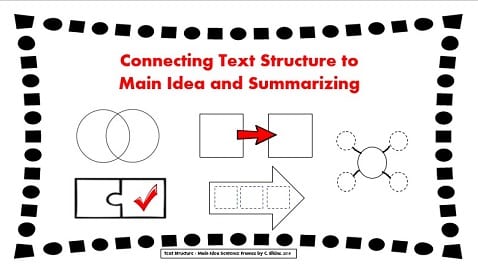
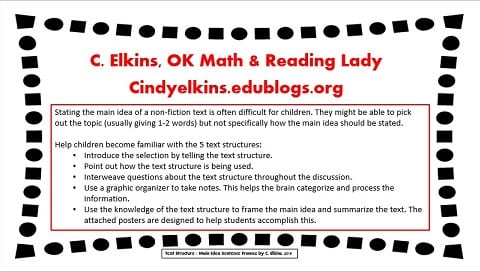

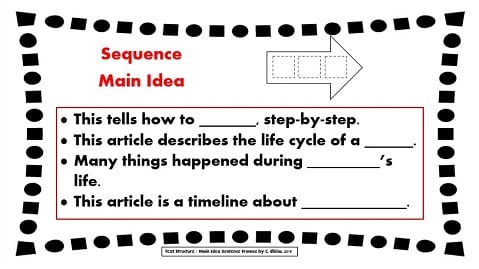





 is to almost all of the other comprehension skills and strategies. So that will be my focus for the next few posts — how this text structure connection relates to main idea, summarizing, note-taking, and writing. This post will feature the compare and contrast text structure (and some resources at the end of this post).
is to almost all of the other comprehension skills and strategies. So that will be my focus for the next few posts — how this text structure connection relates to main idea, summarizing, note-taking, and writing. This post will feature the compare and contrast text structure (and some resources at the end of this post).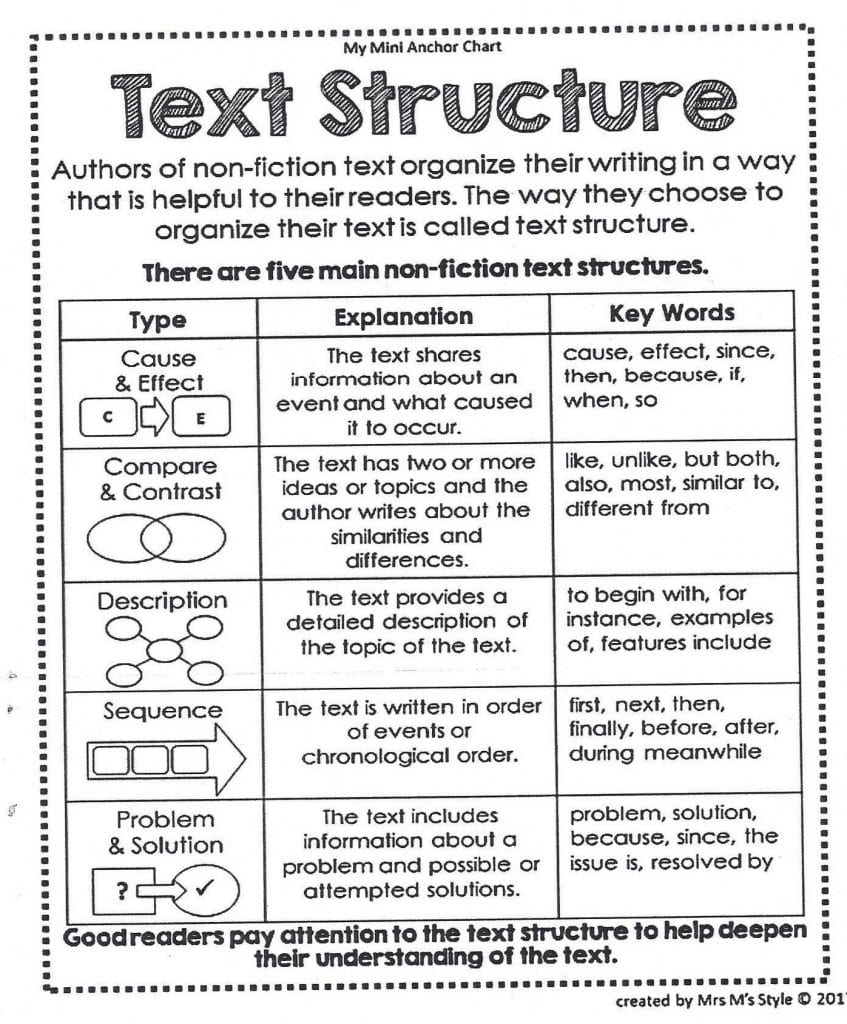

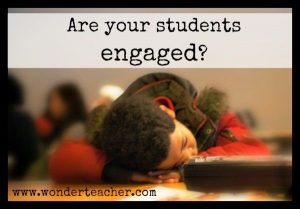 look like? The student . . .
look like? The student . . .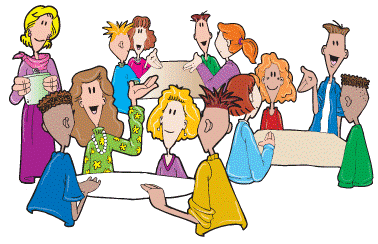
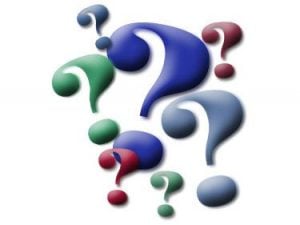 instead of always waiting for the teacher to ask. Asking a question is much like having a conversation with yourself. Students can write questions on post its, a book mark, an index card, or on a piece of butcher paper hung in the classroom (for multiple questions).
instead of always waiting for the teacher to ask. Asking a question is much like having a conversation with yourself. Students can write questions on post its, a book mark, an index card, or on a piece of butcher paper hung in the classroom (for multiple questions).
 Each student thoroughly researches one word from the vocabulary list (definition, synonym, antonym, use in sentence, pronunciation, part of speech, and illustration). They become the expert about that word and teach it to others.
Each student thoroughly researches one word from the vocabulary list (definition, synonym, antonym, use in sentence, pronunciation, part of speech, and illustration). They become the expert about that word and teach it to others.
